***Updated 3/17/2020 2:50 PM MT time***
We are pleased to share that although the guidance we referenced in the article below was provided by the Veterans Administration (VA) on March 13, 2020, the VA rescinded this guidance. Senate Bill, S.3503, was introduced on March 16, 2020 and passed the same night. It is anticipated that the House will pass with Unanimous Consent. This legislation is in regards to programs that are converted to online education for emergency and health-related reasons and ensures that such programs will be treated the same as other programs. The VA is expected to provide further guidance and asks institution to “temporarily refrain from making any adjustments to enrollment certifications” if the modality was changed due to COVID-19. We will continue to follow this situation and share further details as they unfold.
WCET wishes to continue to support our community with resources on the WCET website to address the massive, nationwide shift of postsecondary face-to-face education to online formats due to the COVID-19 outbreak. We have shared guidance regarding flexibility and emergency protocols for institution and program approvals provided by the U.S. Department of Education (on March 5) and accrediting agencies (as of March 12).
Today’s Frontiers post will examine the status of GI Bill benefits for recipients whose institutions are converting courses through a shift in modality and/or closing campuses.
In previous Frontiers posts we expressed concern about reduced housing allowance allocations for Veterans taking all of their courses online. Generally speaking, GI Bill recipients need to be aware that, currently, there are specific statutory requirements that apply when, for reasons due to a medical emergency, institutions choose either to a) convert face-to-face courses to online courses or b) close institutional operations for a time.
But, help may be on the way. Congress recently introduced a bill to authorize the Secretary of Veterans Affairs to provide GI Bill Benefits for distance learning under certain emergency and health related situations.
Institutions should review recently released guidance from the Veterans Administration: COVID-19 SCO FAQs (for School Certifying Officer) and COVID-19 Q&A. This post is an attempt to highlight the problems addressed in those guidance documents and to illustrate some of the challenges institutions may face.
Summary of the Veterans Administration Guidance
A quick review of the Veterans Administration’s guidance reveals challenges for some veteran students and their institutions:
- State Approving Agency. An institution that changes the modality of the course must have approval by the State Approving Agency (SAA) for online modality. Note that this is not the state higher education agency, nor the agency charged with overseeing state authorization. If the institution is not approved for online education by the SAA, VA benefits may be affected. This is probably most problematic for institutions with few or no online courses who must now pivot to virtual teaching.
- Basic Allowance for Housing and Changing to All Courses Being Online. This has long been an issue for veterans who take all of their courses in a term at a distance. Those veterans receive only half of the Housing Allowance that veterans who enroll completely on-campus or in a mix of face-to-face and online courses. But what if the institution forces the veteran into online classes? There are two answers:
- Changing Modality in the Middle of a Term. Monthly Housing Payments are not affected when a modality changes (e.g. from face-to-face to distance learning) after the first day of a term due to COVID-19. The guidance provides that the benefits fall under the hybrid definition.
- Changing Modality Before the Beginning of the Next Term. What about the institutions that operate in shorter terms or quarters? For example, schools that operate in quarters will enter the Spring term in a few weeks and have announced that they will finish the year online. Since all the veterans’ courses are online for the full term, the student will be eligible for only half of the housing allowance. This is true even though the student had no option for face-to-face courses.
- Remedial/Deficiency Classes. Any classes classified as “remedial/deficiency” courses that are converted to online learning are not subject to benefits. The student will need to “terminate” based on the last day of attendance in the face-to-face course prior to conversion.
- Veterans Without Computers. Veterans who are unable to participate in the online conversion of their face-to-face course due to lack of equipment or other issues are to terminate as of the last date of attendance in the face-to-face course prior to conversion.
 We are hearing that institutions are doing what they can to help students find computers, internet, and other tools required to continue. If not, the student must withdraw and will lose their benefit for that term.
We are hearing that institutions are doing what they can to help students find computers, internet, and other tools required to continue. If not, the student must withdraw and will lose their benefit for that term. - Practical (Non-College Degree) Programs. Only face-to-face education will be approved for Non-College Degree programs for purposes of GI Bill Benefits. If training is converted from face-to-face to online learning, the student may continue on a prorated basis or terminate and receive a refund per VA approval policy. One could understand that many, if not most, Non-College Degree programs require hands-on learning. However, we wonder if there are some training programs that could be completed online.
Need Your Help in Overcoming the Statutory Challenges Faced by the VA
There are no easy answers to these challenges, and current statutes limit the VA’s discretion on these issues. Fortunately, recently proposed Federal legislation could provide some relief to Veterans when faced with institutional decisions to convert their entirety of offerings to online education or institution closure due to an emergency situation.
House Bill, H.R.6194, proposed on March 11 by Rep. David Roe (R-TN), would “authorize the Secretary of Veterans Affairs to treat certain programs of education converted to distance learning by reason of emergencies and health-related situations in the same manner as programs of education pursued at educational institutions, and for other purposes.” In a press release, Rep. Roe explained “my bill would ensure that Secretary Wilkie has the flexibility to continue serving students well during times of uncertainty and I am committed to seeing it signed into law quickly.”
As of March 16, the bill has been referred to the House Committee on Veterans’ Affairs. Because the full text has not yet been published, it is impossible to say whether this bill would address all the challenges we have identified in this post. However, WCET sees value in the intent of this bill and is hopeful that it would address the challenges faced by our nation’s veterans. If you are interested in seeing these changes made, we suggest that you follow this bill, alert your administration, and consider your next steps. WCET will continue to follow bill progress and advocate for our Veterans.
Thank you to our colleague Lane Huber, Chief Distance Learning & Military Affairs officer at Bismarck State College, for sharing this information and shedding light on these challenges to our student Veterans. We will certainly follow up on the progress of the bill and management of these concerns. We hope that you will consider calling your legislators to ensure forward movement to support our student Veterans!
Cheryl and Dan

Cheryl Dowd
Director, WCET State Authorization Network
cdowd@wiche.edu
@dowdcm

Dan Silverman
Assistant Director, WCET State Authorization Network
dsilverman@wiche.edu
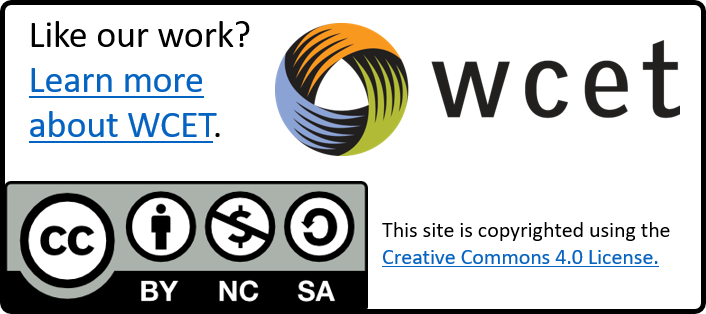
Photo Credits:
Flag Photo by David Beale on Unsplash
Working on laptop Photo by John Schnobrich on Unsplash
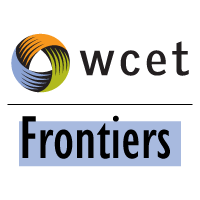
 As educators involved with the complex development and delivery of online education, we know that offering a course or program online is not as simple as merely flipping a switch; there are complex instructional design and technological and regulatory issues evolved with high-quality online instruction. This use of educational technology to ensure the continuity of operations is certainly not new, but we are now seeing it deployed on an unprecedented scale. Today’s Frontiers post will examine the response of accreditors to COVID-19 and the use of online learning for institutional continuity of operations.
As educators involved with the complex development and delivery of online education, we know that offering a course or program online is not as simple as merely flipping a switch; there are complex instructional design and technological and regulatory issues evolved with high-quality online instruction. This use of educational technology to ensure the continuity of operations is certainly not new, but we are now seeing it deployed on an unprecedented scale. Today’s Frontiers post will examine the response of accreditors to COVID-19 and the use of online learning for institutional continuity of operations. In an effort to maintain continuity of academic operations, the Department announced that it is “providing broad approval to institutions to use online technologies to accommodate students on a temporary basis, without going through the regular approval process of the Department in the event that an institution is otherwise required to seek Departmental approval for the use or expansion of distance learning programs.”
In an effort to maintain continuity of academic operations, the Department announced that it is “providing broad approval to institutions to use online technologies to accommodate students on a temporary basis, without going through the regular approval process of the Department in the event that an institution is otherwise required to seek Departmental approval for the use or expansion of distance learning programs.”

 The smell of spring flowers will always bring me happiness and remind me of how such a simple gesture brings so much joy.
The smell of spring flowers will always bring me happiness and remind me of how such a simple gesture brings so much joy.  The only way to make change to our structures of inequality is through our own individual actions, so be the woman to make change – listen for women’s voices and amplify those voices, search for women in the crowd to lend a hand to bring her on stage, and value women’s qualities, such as care. I used to think if I took on the qualities of men, I’d show them that women were just as good. But I learned that path continues to value masculine ways. I am now learning to value women – all of who we are and all of what we can become.
The only way to make change to our structures of inequality is through our own individual actions, so be the woman to make change – listen for women’s voices and amplify those voices, search for women in the crowd to lend a hand to bring her on stage, and value women’s qualities, such as care. I used to think if I took on the qualities of men, I’d show them that women were just as good. But I learned that path continues to value masculine ways. I am now learning to value women – all of who we are and all of what we can become.
 Thank you to all the remarkable individuals who sent me their thoughts in honor of International Women’s Day. You are all so inspirational to me and I’m incredibly luck to know all of you. To me, this day is to celebrate women’s accomplishments, cherish our achievements, and to highlight ways we can make this world a better place for all.
Thank you to all the remarkable individuals who sent me their thoughts in honor of International Women’s Day. You are all so inspirational to me and I’m incredibly luck to know all of you. To me, this day is to celebrate women’s accomplishments, cherish our achievements, and to highlight ways we can make this world a better place for all.
 The Department is providing some short-term flexibility for schools to help students complete the term for which the students are currently enrolled.
The Department is providing some short-term flexibility for schools to help students complete the term for which the students are currently enrolled.


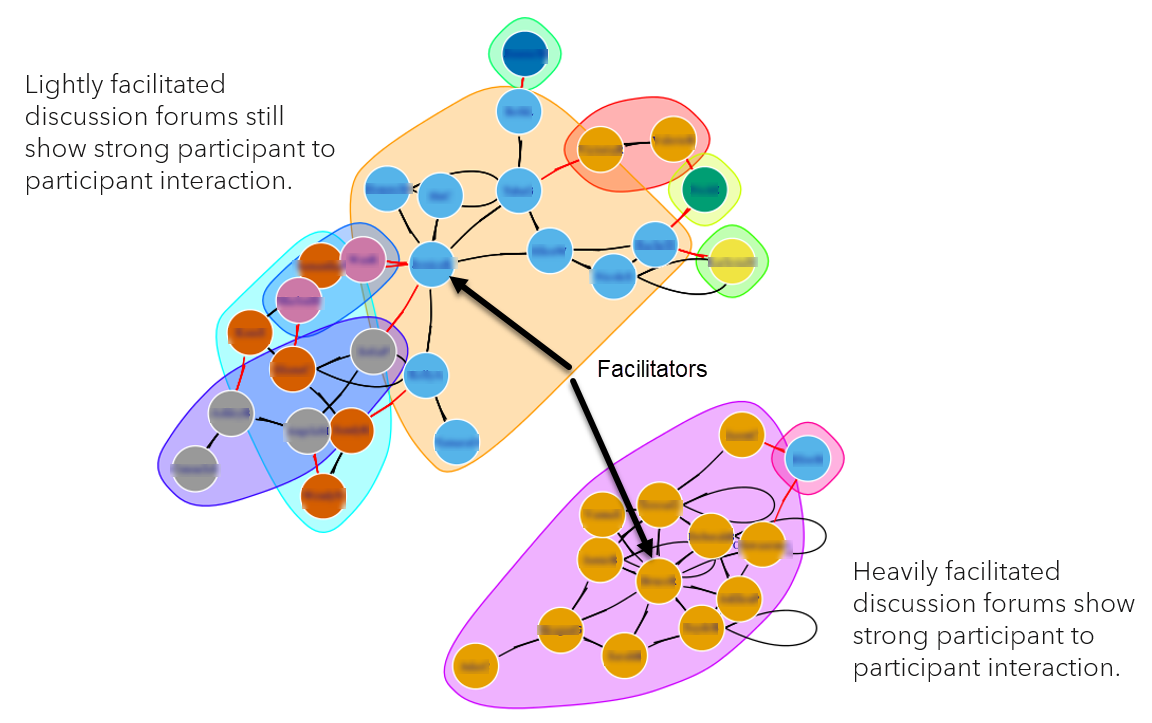
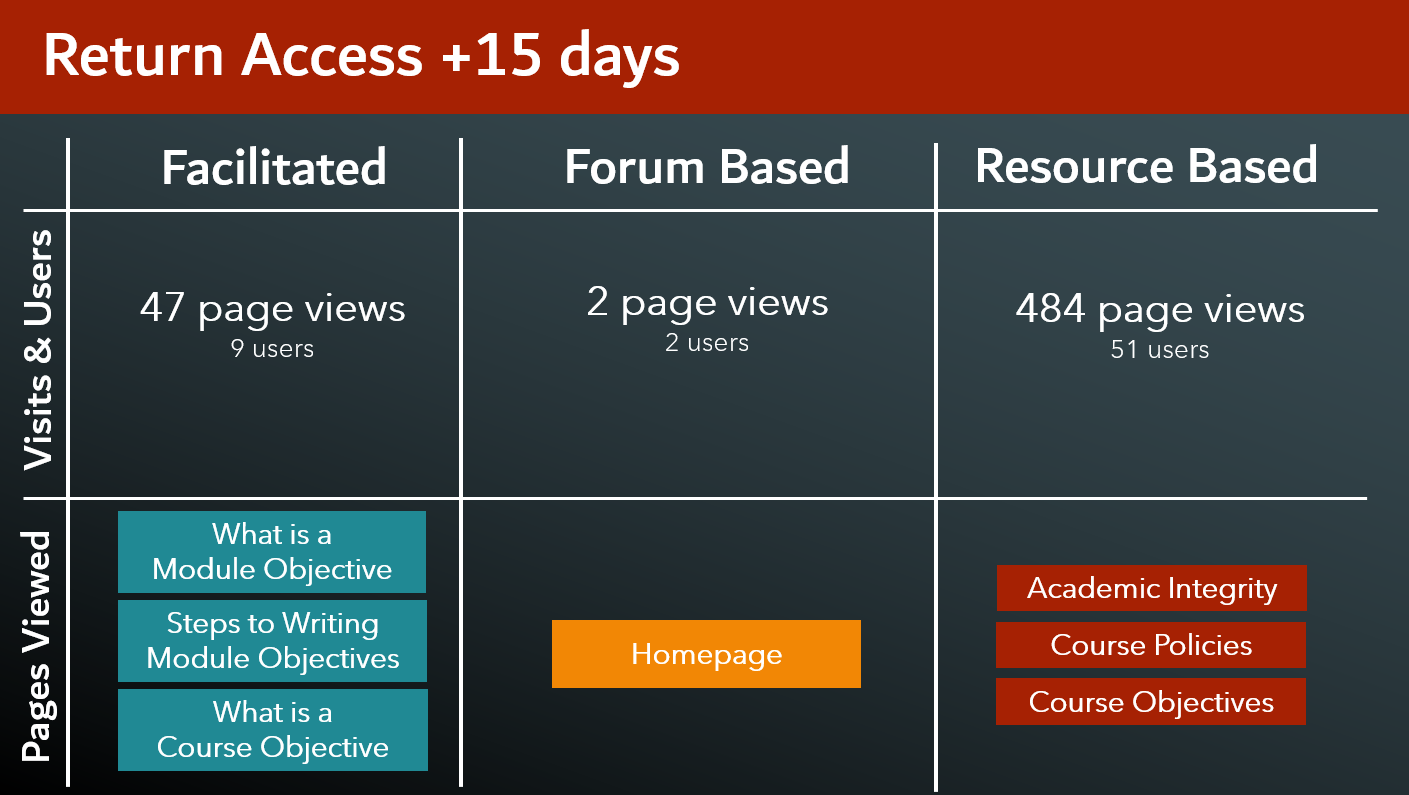
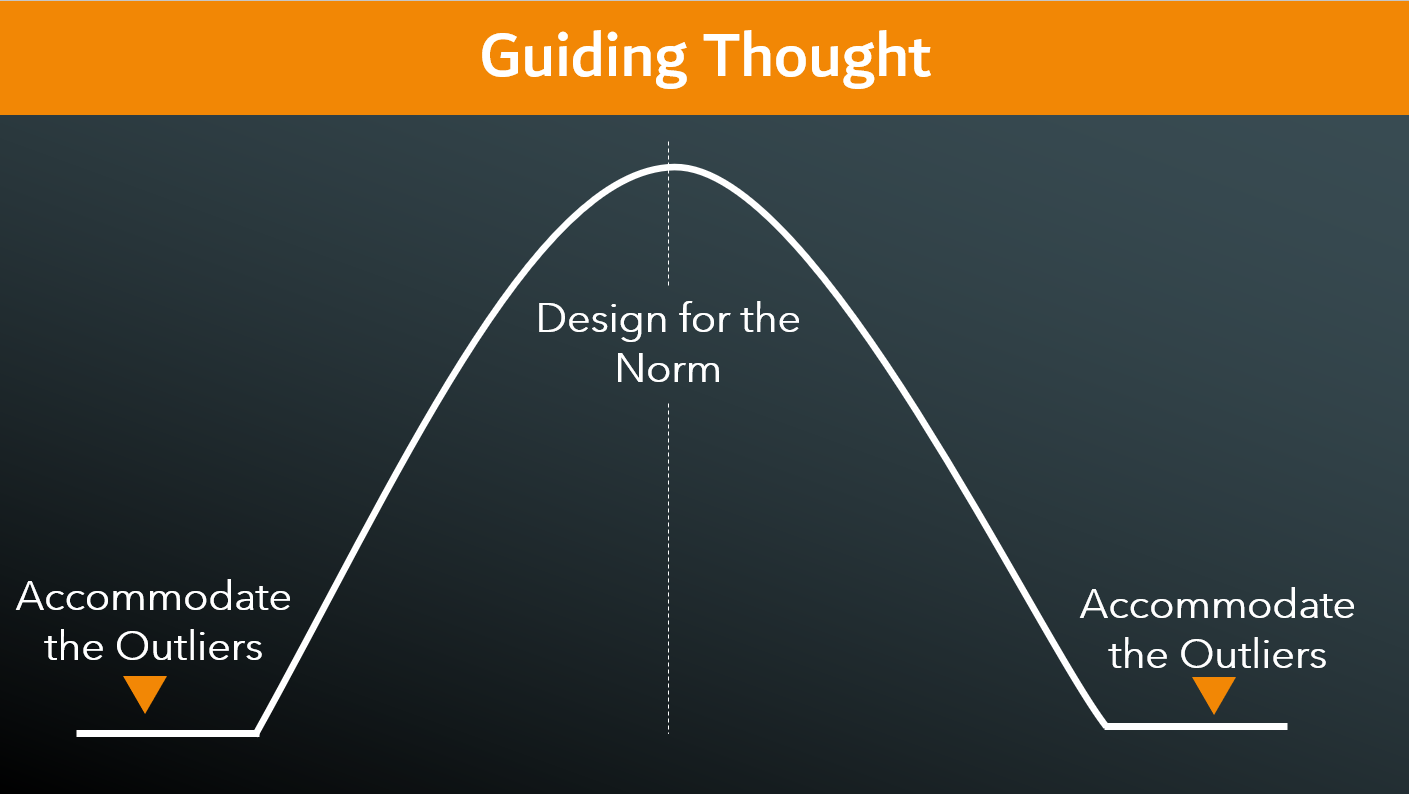
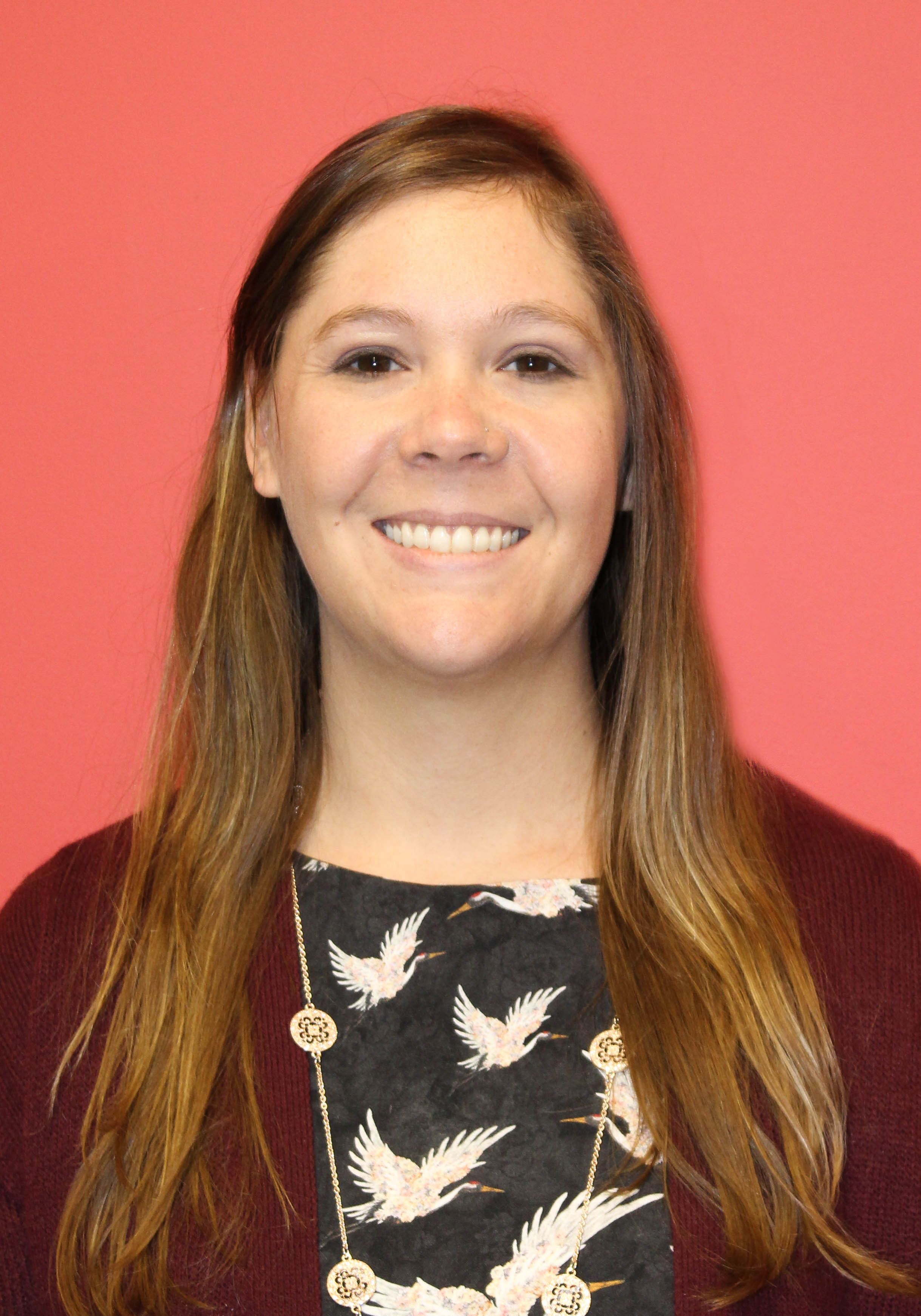
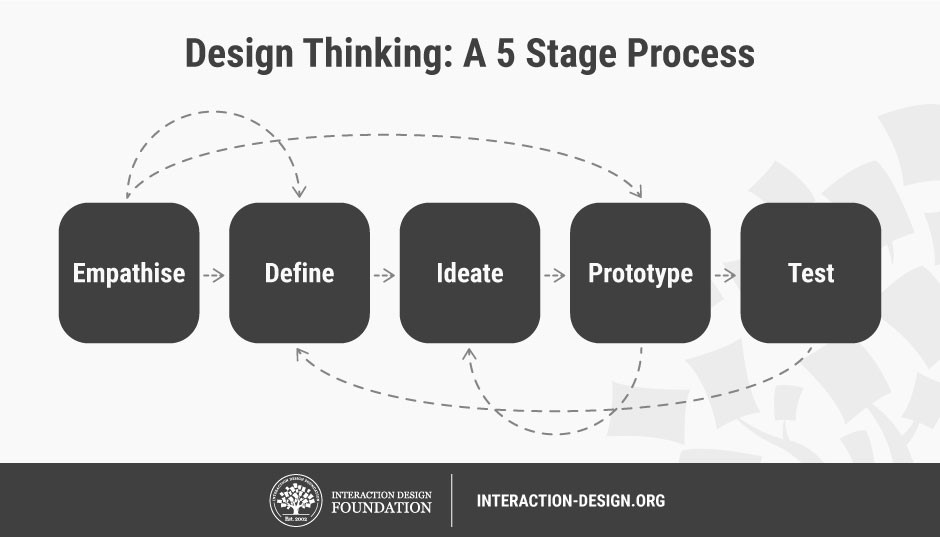
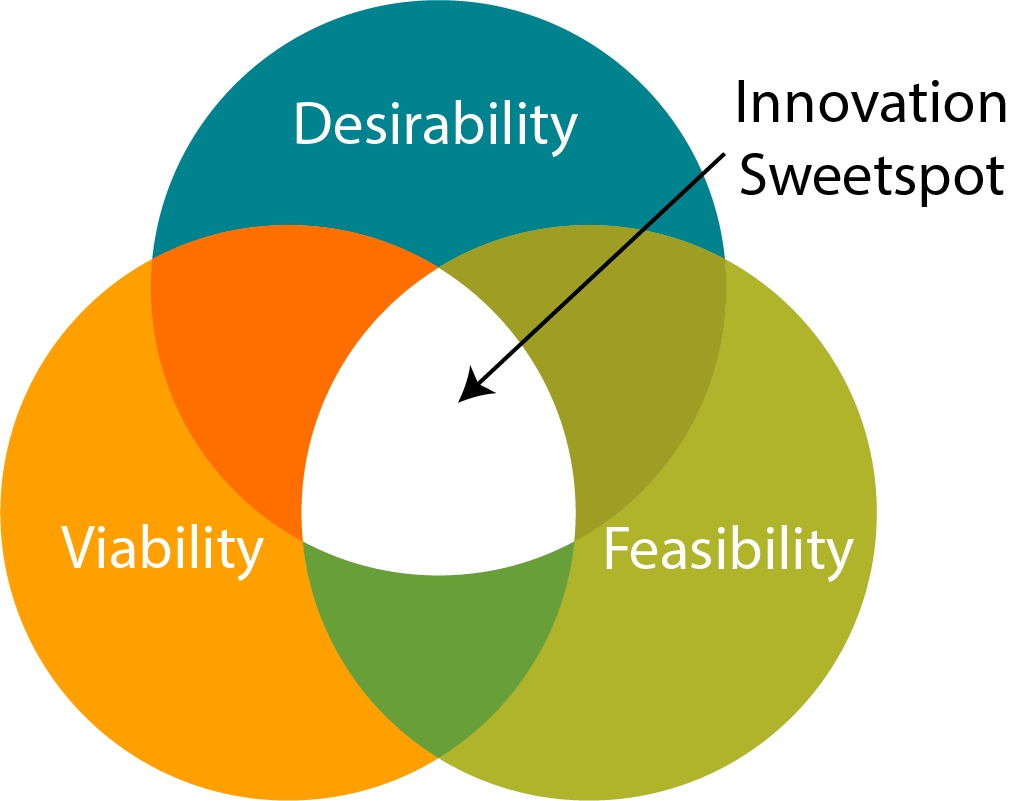
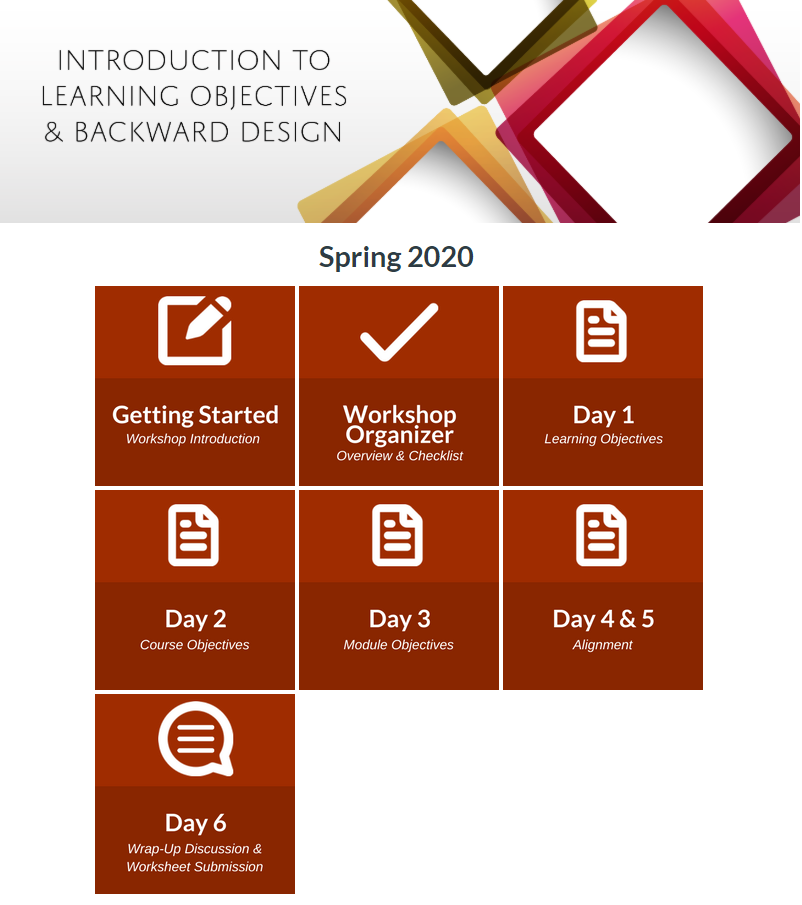
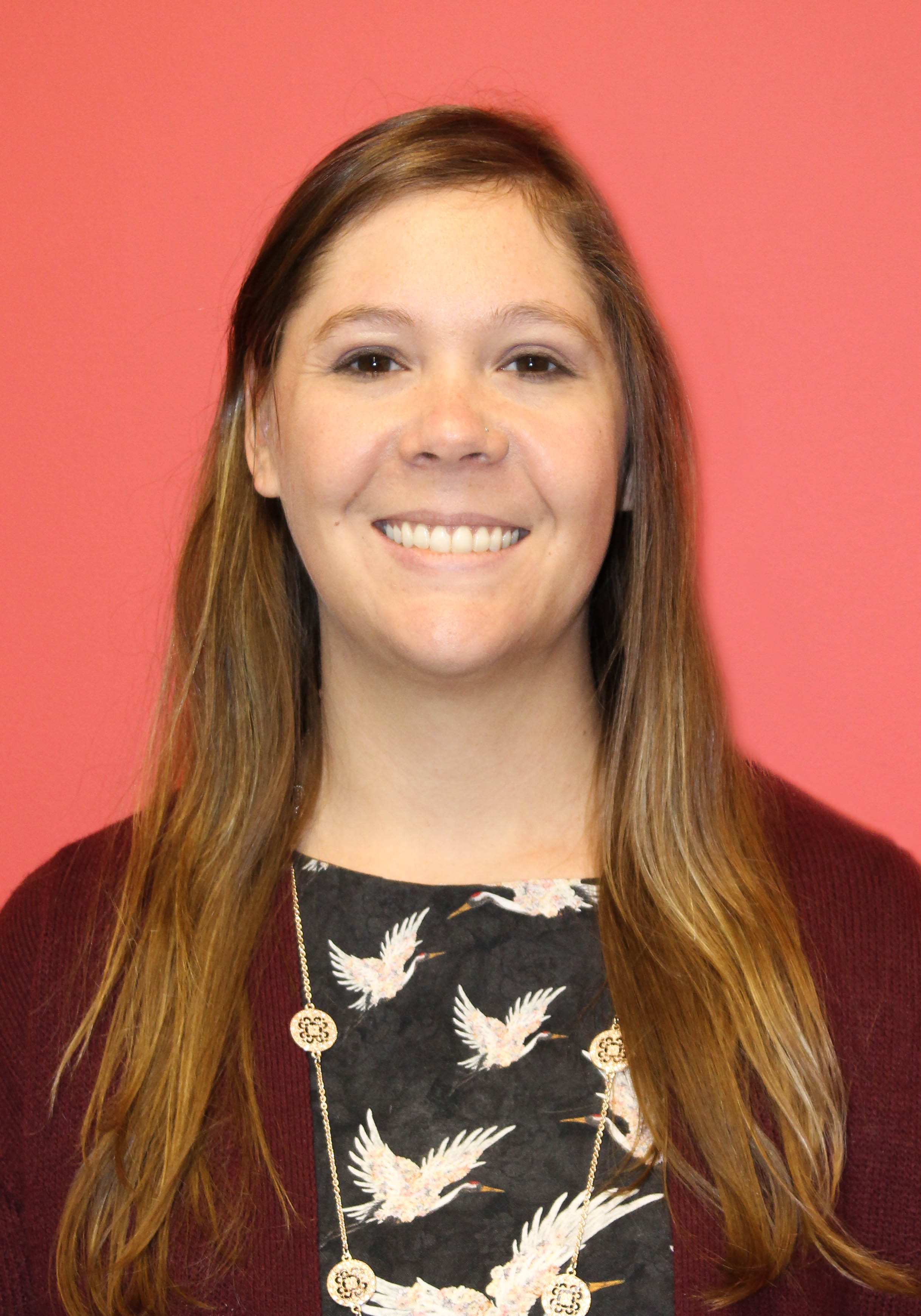
 Sharing licensure disclosure information with students builds trust and demonstrates an institution’s commitment to integrity and student success. Reviewing state licensure requirements will help students to make an informed decision before enrolling in a program and prevent them from investing time and tuition dollars in a program that ultimately doesn’t meet their licensure or career goals. As students become increasingly mobile, it’s important to provide relevant licensure information for all states.
Sharing licensure disclosure information with students builds trust and demonstrates an institution’s commitment to integrity and student success. Reviewing state licensure requirements will help students to make an informed decision before enrolling in a program and prevent them from investing time and tuition dollars in a program that ultimately doesn’t meet their licensure or career goals. As students become increasingly mobile, it’s important to provide relevant licensure information for all states. During the meeting, remember that professional licensure disclosure regulations were put in place to protect students and to promote student success, and compliance is directly linked to your institution’s mission. The purpose of the meeting is to share information, verify program information, learn about current processes, and identify next steps. Remind stakeholders that you are a compliance partner, and you are seeking their input to inform the development of compliance processes.
During the meeting, remember that professional licensure disclosure regulations were put in place to protect students and to promote student success, and compliance is directly linked to your institution’s mission. The purpose of the meeting is to share information, verify program information, learn about current processes, and identify next steps. Remind stakeholders that you are a compliance partner, and you are seeking their input to inform the development of compliance processes.
 These suggestions are a collection of strategies and tips from compliance staff at six institutions and aren’t a one-size-fits-all solution. Regardless of the compliance strategy you develop at your institution, we have found that strong partnerships and open communication with university leaders and staff are the keys to moving state authorization compliance work forward. We would welcome a conversation around other strategies or compliance tips that were successful at your institutions.
These suggestions are a collection of strategies and tips from compliance staff at six institutions and aren’t a one-size-fits-all solution. Regardless of the compliance strategy you develop at your institution, we have found that strong partnerships and open communication with university leaders and staff are the keys to moving state authorization compliance work forward. We would welcome a conversation around other strategies or compliance tips that were successful at your institutions.

 As state authorization staff, we’ve learned the importance of working within the culture and structures of our respective institutions. For example, before meeting with stakeholders to discuss compliance, it’s important to understand how state authorization furthers your institution’s mission, values, and strategic plan. Professional licensure disclosure requirements were put in place to encourage transparency with students and promote student success. Therefore, compliance with these regulations supports your institution’s mission and strategic plan.
As state authorization staff, we’ve learned the importance of working within the culture and structures of our respective institutions. For example, before meeting with stakeholders to discuss compliance, it’s important to understand how state authorization furthers your institution’s mission, values, and strategic plan. Professional licensure disclosure requirements were put in place to encourage transparency with students and promote student success. Therefore, compliance with these regulations supports your institution’s mission and strategic plan. Think of champions as key stakeholders who understand the link between state authorization, institutional mission, and student success. Champions can help educate the university community about state authorization and disclosure requirements and lend support to the development of compliance processes. With a network of champions, you can reach more stakeholders across your institution and demonstrate leadership support for the implementation of licensure disclosure policies and processes.
Think of champions as key stakeholders who understand the link between state authorization, institutional mission, and student success. Champions can help educate the university community about state authorization and disclosure requirements and lend support to the development of compliance processes. With a network of champions, you can reach more stakeholders across your institution and demonstrate leadership support for the implementation of licensure disclosure policies and processes. Specifically, to prepare for a licensure disclosure meeting, we suggest researching the answers to the following questions using the licensure program website, course catalog, and institutional data:
Specifically, to prepare for a licensure disclosure meeting, we suggest researching the answers to the following questions using the licensure program website, course catalog, and institutional data:
 Student data is no different. Educational institutions and organizations can collect data about students including anything from where students are originally from to how much assistance they need in their classes. This data, in turn, can be used to make predictions about student outcomes and hopefully then used to have a positive impact on students’ success.
Student data is no different. Educational institutions and organizations can collect data about students including anything from where students are originally from to how much assistance they need in their classes. This data, in turn, can be used to make predictions about student outcomes and hopefully then used to have a positive impact on students’ success. One of the best and most amusing examples to help understand algorithmic bias is to look at the neural network experiments being done by Janelle Shane, which she chronicles on her blog
One of the best and most amusing examples to help understand algorithmic bias is to look at the neural network experiments being done by Janelle Shane, which she chronicles on her blog 


 The iPhone was released in 2007 and by the end of 2019,
The iPhone was released in 2007 and by the end of 2019, 

